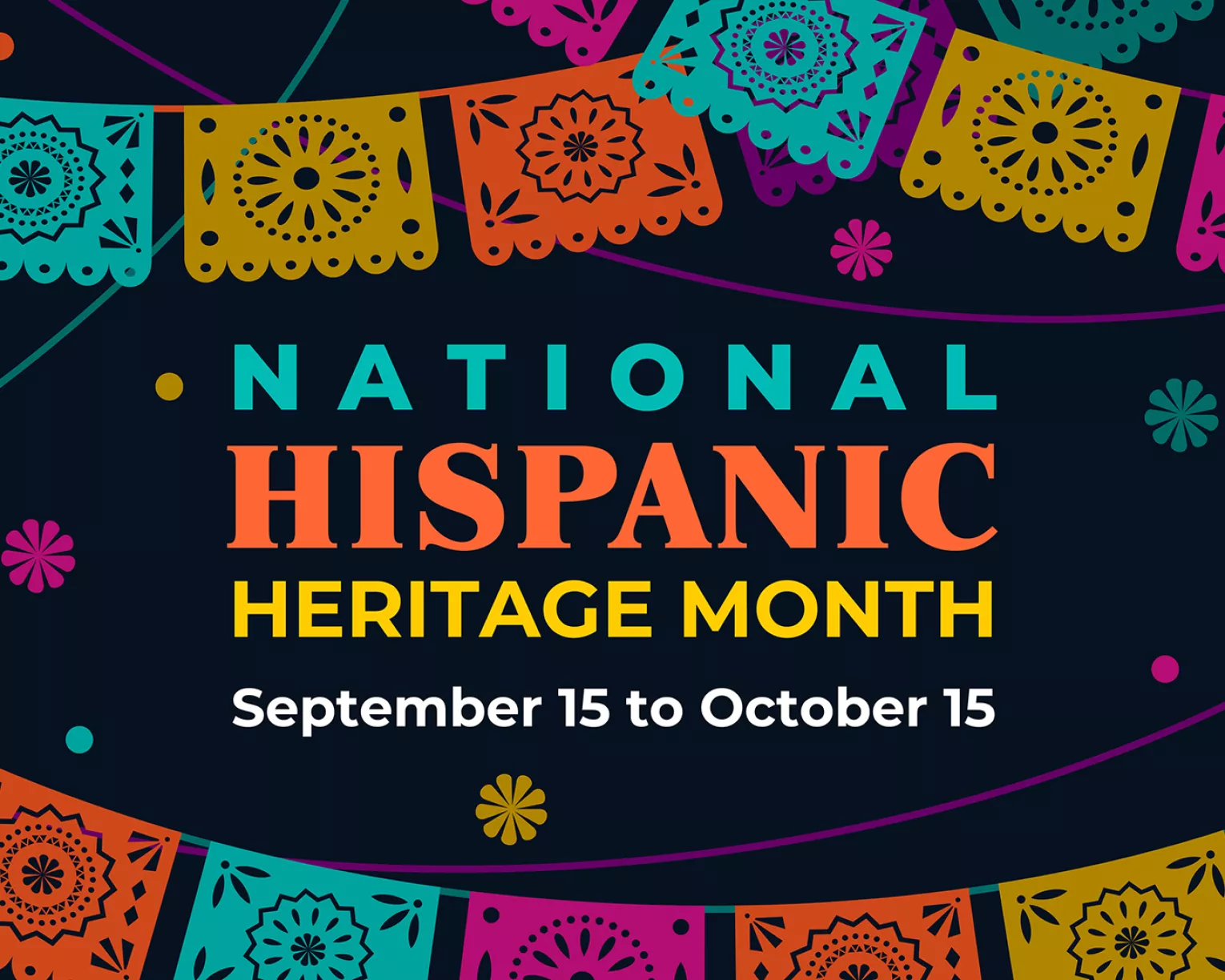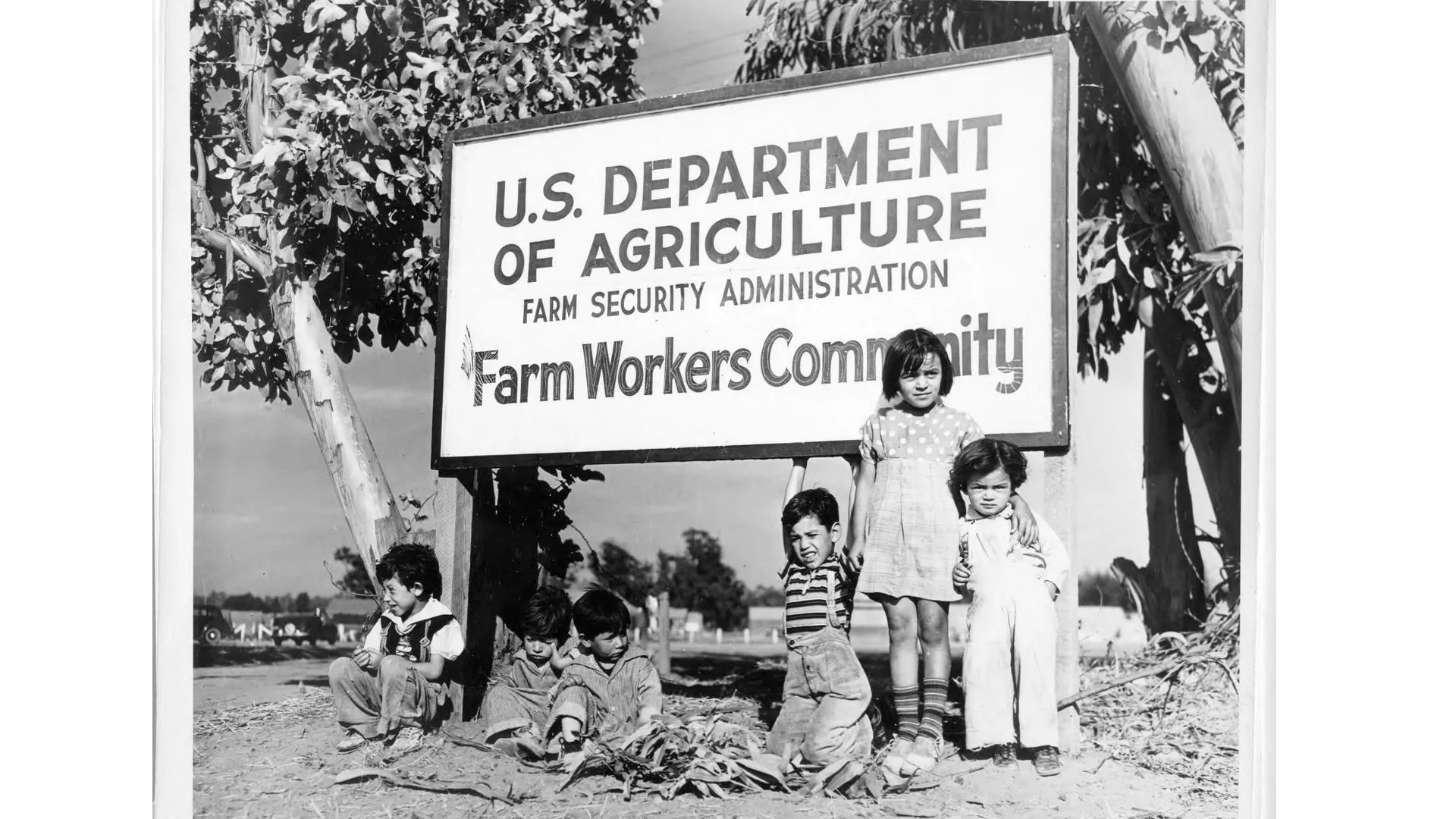The history of Latin(o/a/x), Hispanic, and Chican(o/a/x) Americans is deeply intertwined with the formation of the United States. Prior to the Treaty of Guadalupe Hidalgo in 1848 ending the Mexican-America war, much of the present-day southwestern United States belonged to Mexico. In 1862, Congress passed the Homestead Act to encourage White Americans to settle the West—land that was owned by Mexicans or Native Americans.
By the late 1800s, Cubans and Puerto Ricans began rebelling against Spanish colonial rule. By 1898, war had broken out between Spain and the United States, ending with the U.S. annexation of Puerto Rico and limited Cuban Independence under the Platt Amendment. Similar to Asian Americans and Pacific Islanders, Latin(o/a/x), Hispanic, and Chican(o/a/x) Americans have struggled against discrimination in education, housing, employment, and banking.
Within an economics or financial literacy class, the following historical examples provide context to help students understand economic issues that Latin(o/a/x), Hispanic, and Chican(o/a/x) Americans face today.
Notable Events
First Mexicanist Congress
Jones-Shafroth Act
League of United Latin American Citizens
The Spanish-Speaking Peoples Congress
Bracero Program
Mendez v. Westminster and the California Board of Education
Servicemen’s Readjustment Act (GI Bill)
Mass Deportation
Hernandez v. Texas
National Farm Workers Association
Katzenbach v. Morgan
Cuban Adjustment Act
Mexican American Youth Organization
Mexican American Legal Defense and Educational Fund
Diana v. California State Board
La Raza Unida
Lau v. Nichols
Equal Educational Opportunities Act
Equal Credit Opportunity Act
Hispanic Housing Crisis, National Council of La Raza (NCLR)
Are you an affiliate?


